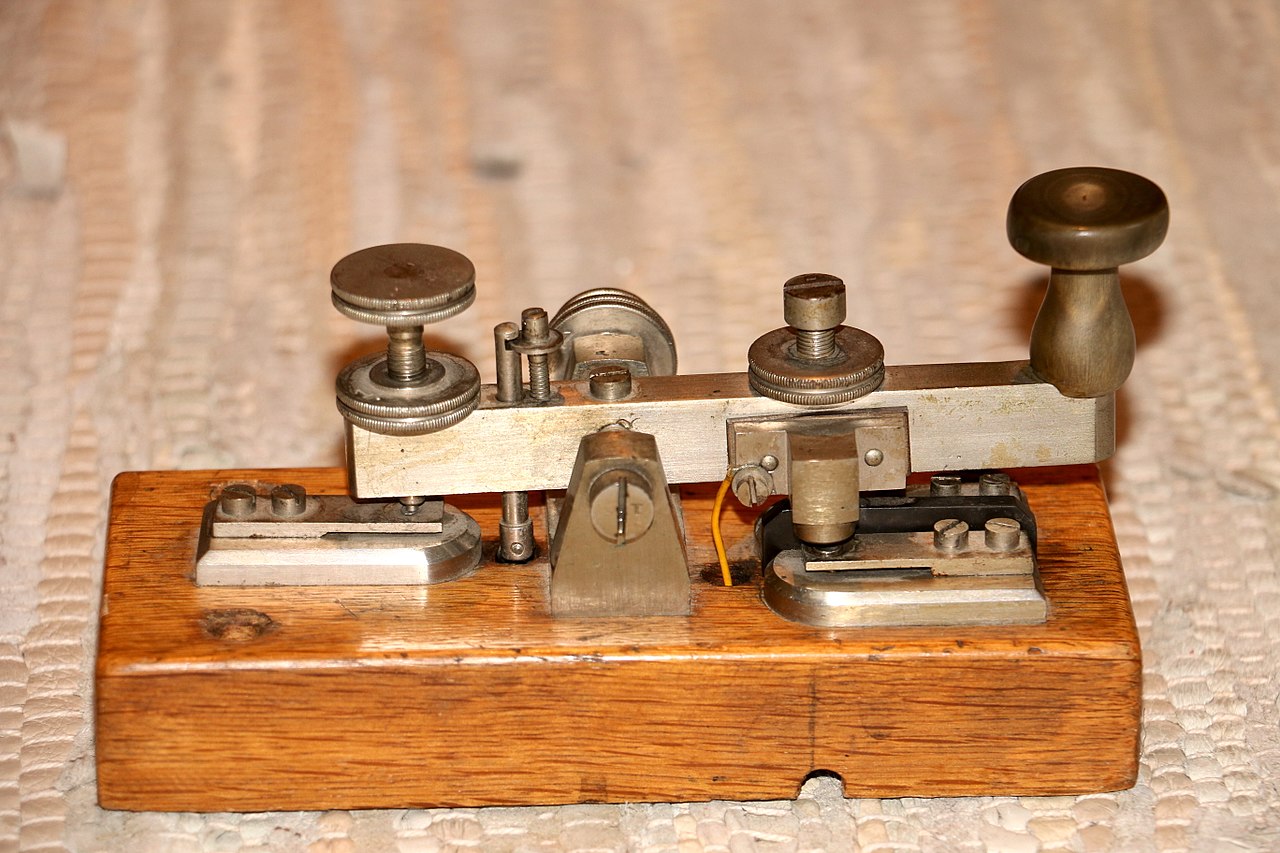On January 11 in 1838, the modern world was invented. Or, at least, the invention that would give rise to the modern world was demonstrated for the first time. This invention, the telegraph, made the world a smaller, more connected place. For the first time in human history, messages could be sent over hundreds, even thousands of miles in no time at all, instead of being stuck to the pace that people and horses could walk at. The telegraph was the first piece of modern communications technology, the forerunner of the telephone, the radio, and the internet.
Samuel Morse, the inventor of the telegraph, was not originally an inventor, he was a painter. After studying his art in Europe for a few years, he witnessed some demonstrations of the newly discovered phenomenon of electricity by an expert in Boston. Intrigued by the demonstrations, Morse believed that electricity could be used to quickly send messages over great distances if they were encoded into a simple binary format of ones and zeroes. So he started designing the code that now bears his name, taught himself about electricity, and got to working on a design for a machine to put it to work.
However, it wasn’t quite as easy as he had hoped. His device didn’t work that well, and it wasn’t until he got the help of Alfred Vail, a talented engineer, that it became a commercially viable product. And then, on January 11, 1838, at the Speedwell Ironworks in Morristown, New Jersey, he unveiled it to the world.

